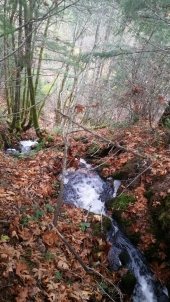

 1
1




"Never doubt that a small group of thoughtful, committed citizens can change the world; indeed, it's the only thing that ever has."-Margaret Mead "The only thing worse than being blind, is having sight but no vision."-Helen Keller














"Never doubt that a small group of thoughtful, committed citizens can change the world; indeed, it's the only thing that ever has."-Margaret Mead "The only thing worse than being blind, is having sight but no vision."-Helen Keller















 2
2




"Never doubt that a small group of thoughtful, committed citizens can change the world; indeed, it's the only thing that ever has."-Margaret Mead "The only thing worse than being blind, is having sight but no vision."-Helen Keller




Vic Johanson
"I must Create a System, or be enslaved by another Man's"--William Blake




With appropriate microbes, minerals and organic matter, there is no need for pesticides or herbicides.




David Miller wrote:Can anyone provide feedback on the books content on processing. Currently I'm dissuaded from diving further into grain until I can find a processor to de-hull/husk that is fit for my small scale.








 1
1




 1
1









 1
1





|
So you made a portal in time and started grabbing people. This tiny ad thinks that's rude:
Play Your Way to a Sustainable Lifestyle: Uncover Permaculture Principles with Each Card
https://gardener-gift.com/
|







